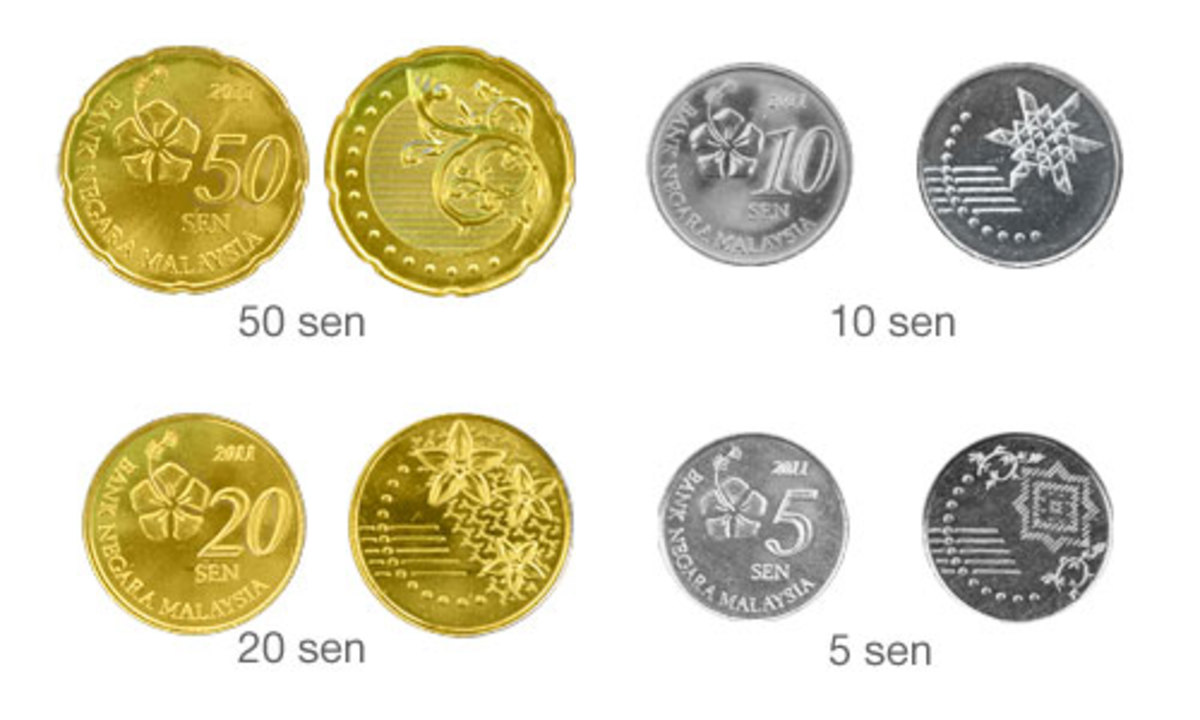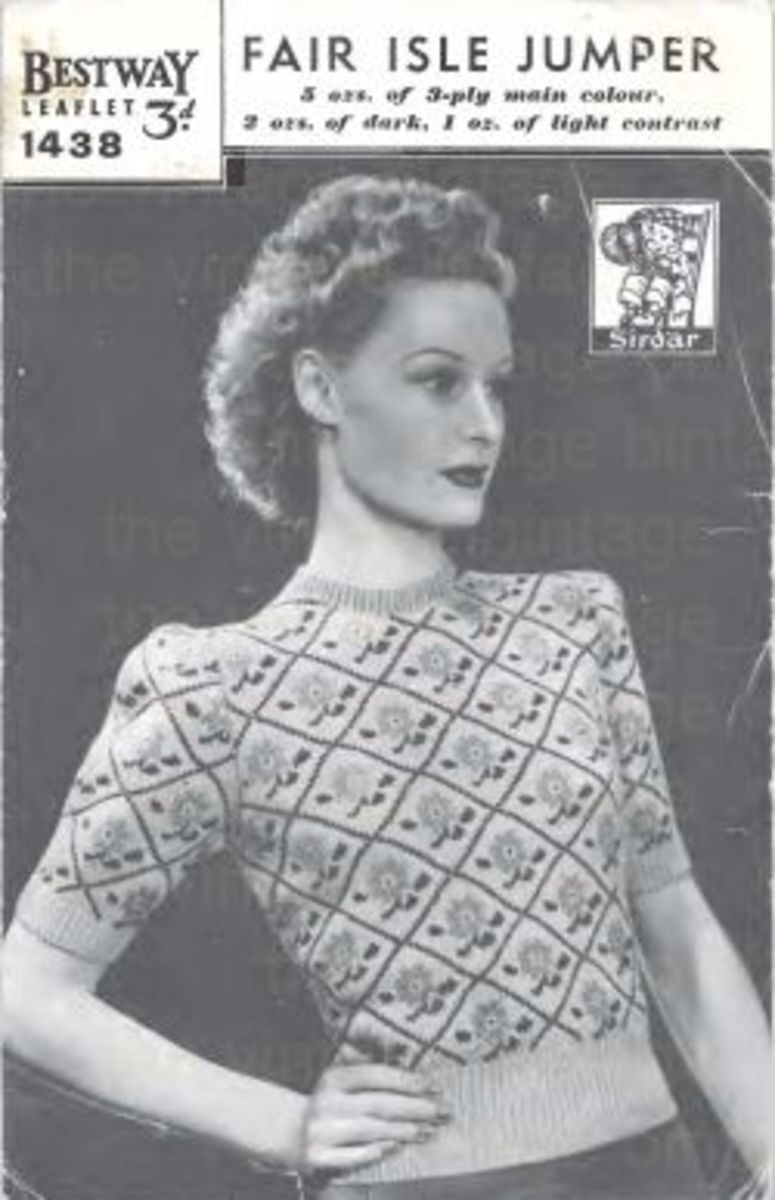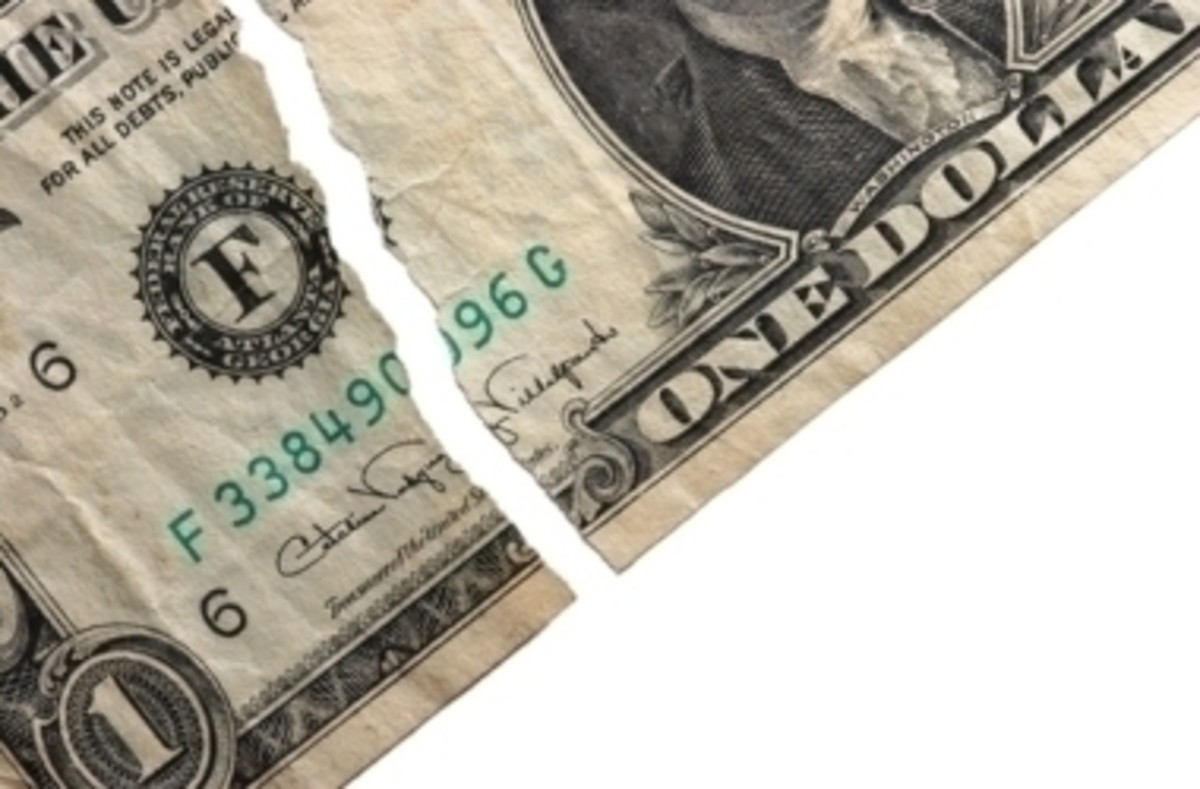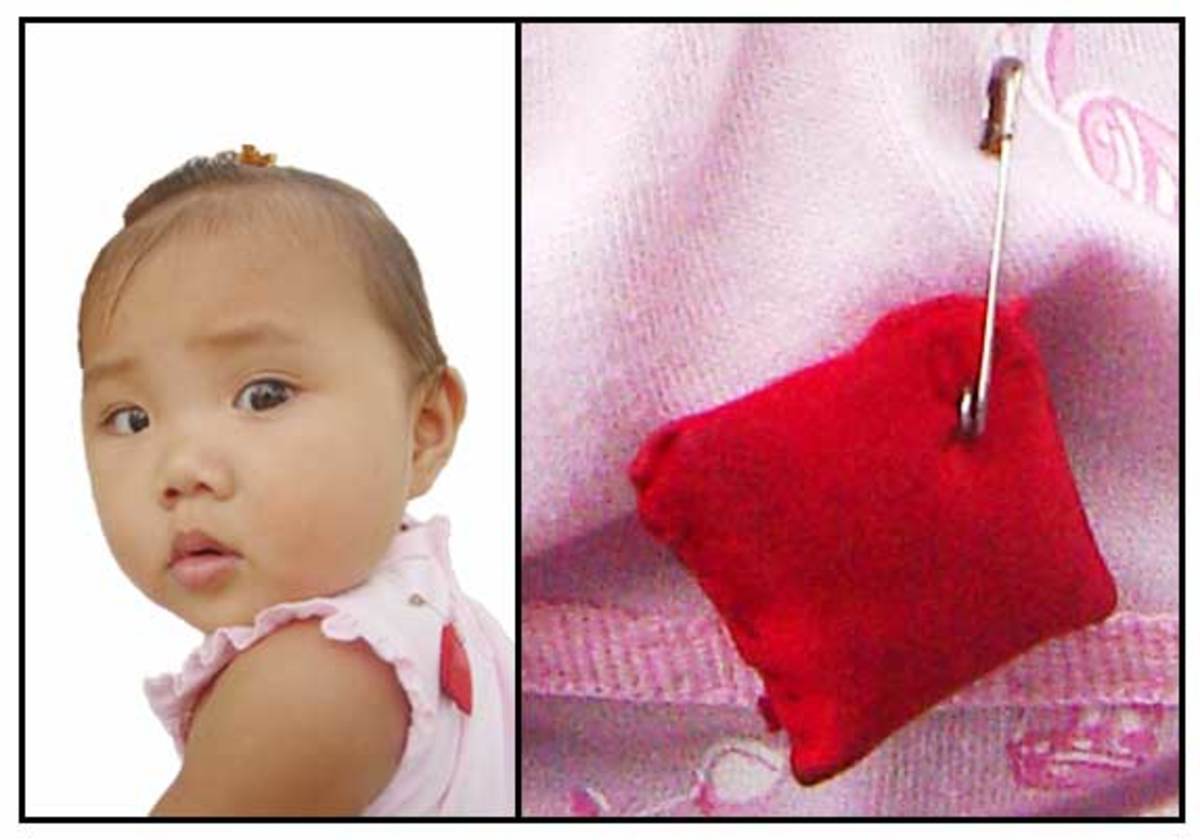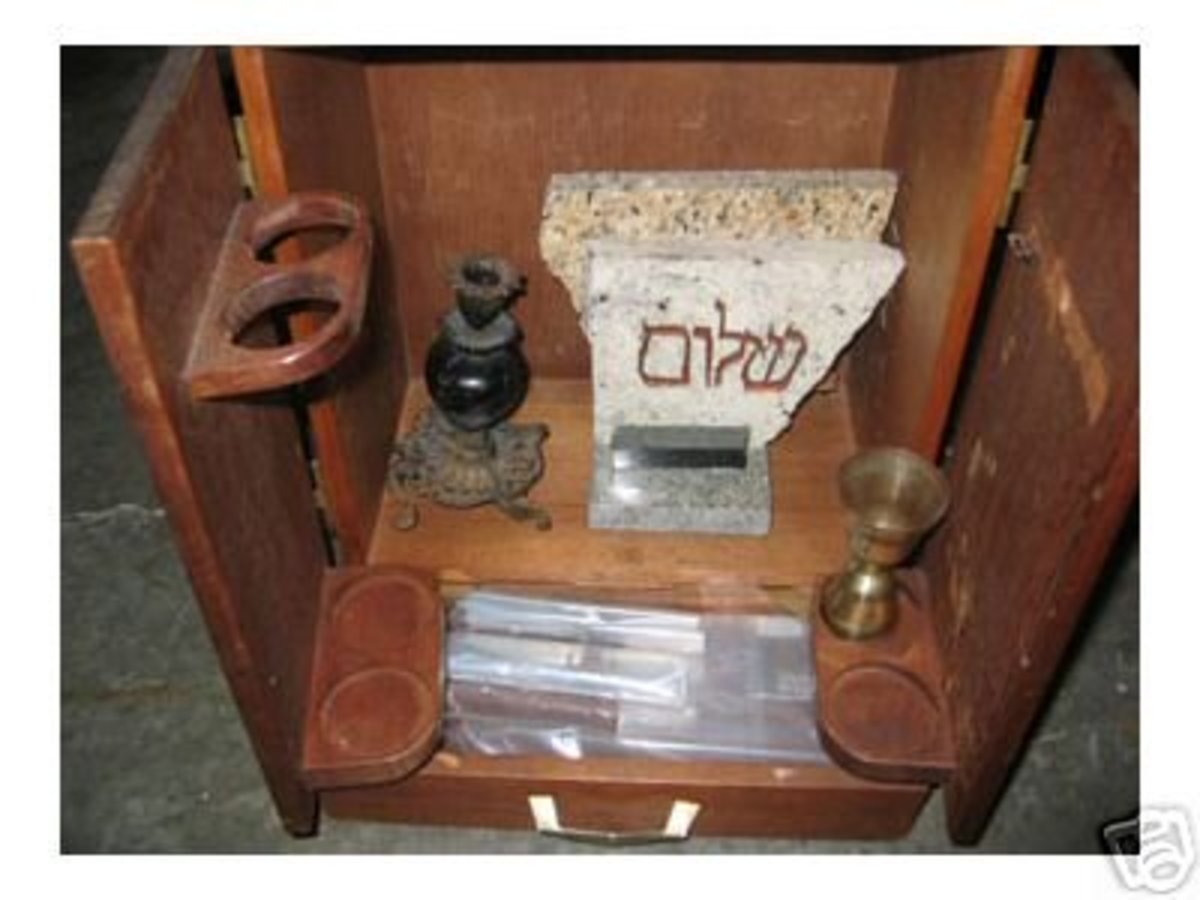Large U. S. Currency

Large U. S. Currency Denominations
Currently printed in denominations of $1, $2, $5, $10, $20, $50, and $100, the U. S. dollar is the official currency of the United States. However up until 1945, the Federal Reserve issued five larger notes of U. S. currency. I will highlight those larger denominations in this lens.
Public domain photo courtesy USA.gov/ecy.wa.gov
Public domain photo courtesy USA.gov/smithsonianlegacies

The $100,000 Gold Certificate
42,000 of these notes were printed
The largest note ever printed by the Bureau of Engraving and Printing was the Series 1934 $100,000 Gold Certificate (pictured above and right). These notes were printed from Dec. 18, 1934 through Jan. 9, 1935 and were issued by the Treasurer of the United States to Federal Reserve Banks only against an equal amount of gold bullion held by the Treasury. These notes (featuring the portrait of Woodrow Wilson) were used for transactions between Federal Reserve Banks and were not circulated among the general public.
Public domain photo courtesy Wikipedia
Other Large Denomination Bills

The high-denomination bills were issued in a small size in 1929, along with the $1 through $100 denominations. The designs were as follows:
*The $10,000 bill featured a portrait of Salmon P. Chase
*The $5,000 bill featured a portrait of James Madison
*The $1,000 bill featured a portrait of Grover Cleveland
*The $500 bill featured a portrait of William McKinley
The reverse designs featured abstract scrollwork with ornate denomination identifiers. All were printed in green, except for the $100,000. The $100,000 is an odd bill, in that it was not generally issued, and printed only as a gold certificate of Series of 1934. These gold certificates (of denominations $100, $1,000, $10,000, and $100,000) were issued after the gold....(Read More)
Public domain photos courtesy Wikipedia
"Big Money" Poll
What is the largest bill you have ever possessed?
Additional Currency Facts and Info
**During fiscal year (FY) 2007, the Bureau of Engraving and Printing will produce approximately 38 million notes a day with a face value of approximately $750 million.
**95% of the notes printed each year are used to replace notes already in, or taken out of circulation. During FY 2007, 45.47% of the notes printed are $1 notes.
**The first paper currency issued by the U.S. Department of the Treasury were Demand Notes Series 1861.
**During the Civil War period, the Bureau of Engraving and Printing was called upon to print paper notes in denominations of 3 cents, 5 cents, 10 cents, 25 cents, and 50 cents. The reason for this is that people hoarded coins because of their intrinsic value which created a drastic shortage of circulating coins.
**In 1929, the size of currency was reduced to about 2/3's of its former size when production was converted to 12-subject plates. The familiar portraits and back designs of our currency were also established at that time.
**If you had 10 billion $1 notes and spent one every second of every day, it would require 317 years for you to go broke.
**A stack of currency one mile long would contain over 14.5 million notes.
**Currency paper is composed of 25% linen and 75% cotton. Red and blue synthetic fibers of various lengths are distributed evenly throughout the paper. Prior to World War I the fibers were made of silk.
**The average life span of a Federal Reserve Note by denomination:
Bill...............Life Span
$ 1 .............21 months
$ 5 .............16 months
$ 10 ...........18 months
$ 20 ...........24 months
$ 50 ...........55 months
$100 ..........89 months
**The 100 dollar note has been the largest denomination of currency in circulation since 1969.
**The legend, "In God We Trust," became a part of the design of United States currency in 1957 and has appeared on all currency since 1963.
**Contrary to popular belief, the automobile pictured on the back of the $10 note is not a Model "T" Ford. It is merely a creation of the designer of the bill.
**The hands of the clock in the steeple of Independence Hall on the reverse of the $100 Federal Reserve Note are set at approximately 4:10.
**Martha Washington is the only woman whose portrait has appeared on a U.S. currency note. It appeared on the face of the $1 Silver Certificate of 1886 and 1891, and the back of the $1 Silver Certificate of 1896.
**The beginning of an establishment for the engraving and printing of U.S. currency can be traced as far back as August 29, 1862, to a single room in the basement of the Main Treasury Building where two men and four women separated and sealed by hand $1 and $2 U.S. notes which had been printed by private bank note companies. Today there are approximately 2,800 employees who work out of two buildings in Washington, D.C. and a facility in Fort Worth, Texas.
**During Fiscal Year 2007, it cost approximately 6.2 cents per note to produce 9.1 billion U.S. paper currency notes.
Related Readings
Related Currency Links
- The U. S. Treasury Department
The United States Treasury official website. - Board of Governors of the Federal Reserve System
Detailed Information related to the Federal Reserve system. - Bureau of Engraving and Printing
All about U. S. Paper currency.


